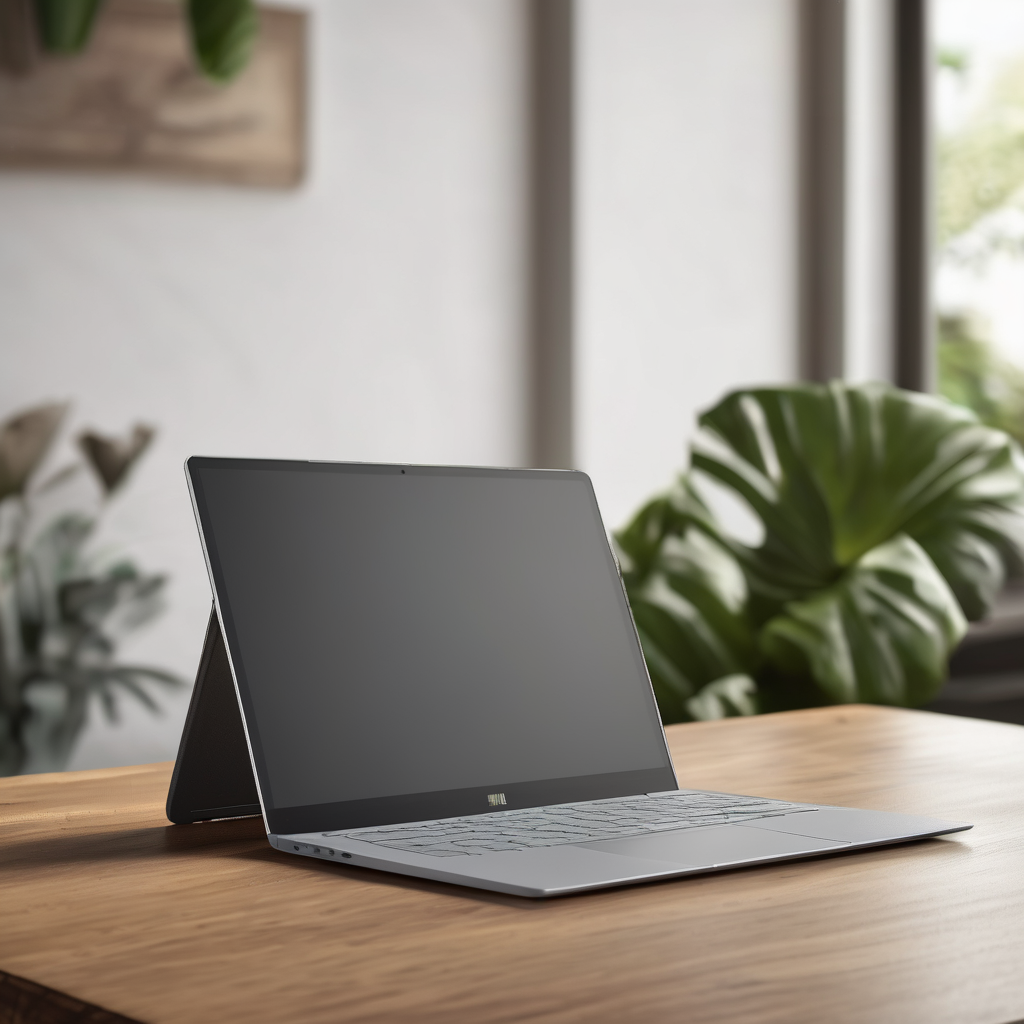Earlier this year, Microsoft enhanced its Surface lineup by introducing smaller iterations of the Surface Laptop and Surface Pro. After testing both devices for a couple of months, I have come away thoroughly impressed, and I will share insights on the 13-inch Surface Laptop here, with a comprehensive review of the Surface Pro forthcoming.
This updated Surface Laptop range now includes three sizes: the traditional 15-inch and 13.8-inch models and the new 13-inch version, which caters to consumers seeking a balance of power and portability. While the trade-offs associated with the 13-inch model are significant, they may be worthwhile depending on user preferences. For some, the $100 price difference for the larger 13.8-inch variant may seem justifiable.
The 13-inch Surface Laptop features a 13-inch PixelSense touch display with a resolution of 1920 x 1280, powered by an eight-core Snapdragon X Plus processor. It comes standard with 16GB of memory and offers storage options of up to 512GB SSD. In terms of dimensions, it measures 285.65 x 214.14 x 15.6mm and weighs in at an impressive 1.22kg (2.7 lbs), making it a great option for those who frequently transport their laptop.
Design-wise, the new 13-inch model retains the essence of the Surface Laptop’s aesthetic while slightly decreasing in footprint. It boasts excellent build quality and an outstanding keyboard experience, encased in anodized aluminum with fresh color options: Ocean, Violet, and Platinum. Though the design doesn’t stray far from its larger siblings, the slight reduction in weight and thickness is a notable improvement for ease of mobility.
Notably, the 13-inch version omits the magnetic Surface Connect port, offering an alternative configuration with three USB ports—one USB-A and two USB-C. However, those ports are a downgrade compared to the specifications found in the larger models, limiting some connectivity improvements.
On the performance front, the inclusion of the Qualcomm Snapdragon X Plus chip facilitates decent battery life while delivering performance on par with x86 alternatives. However, the 13-inch model’s capabilities could be less than sufficient for power users, as it has only eight cores compared to the higher core counts available in its larger counterparts. In practical use, the device remained responsive during tasks such as photo editing, but the 16GB of RAM may feel restrictive under heavier workloads.
Battery life, while good, fell short of surpassing a full day of use, which may be a consideration for those particularly focused on longevity. Despite this, the device comfortably managed a standard eight-hour workday without issue.
The pricing for the 13-inch Surface Laptop starts at $1,349 CAD for the 256GB model and rises to $1,500 CAD for the 512GB option. This positions it closely with comparable devices like Apple’s MacBook Air and the Asus Zenbook A14. Both competitors have their strengths; while the MacBook Air offers superior upgrade options and a brighter display, the Surface Laptop provides a unique 3:2 aspect ratio screen.
With its sleek design and solid performance, the Surface Laptop holds its own in a competitive market. It presents a compelling choice for those desiring a premium portable productivity tool that can tackle a variety of everyday tasks. Ultimately, it stands out as an excellent alternative for users who appreciate a MacBook Air but prefer the Windows ecosystem. The Surface Laptop is available for purchase directly from Microsoft, as well as through Amazon Canada and Best Buy Canada.
